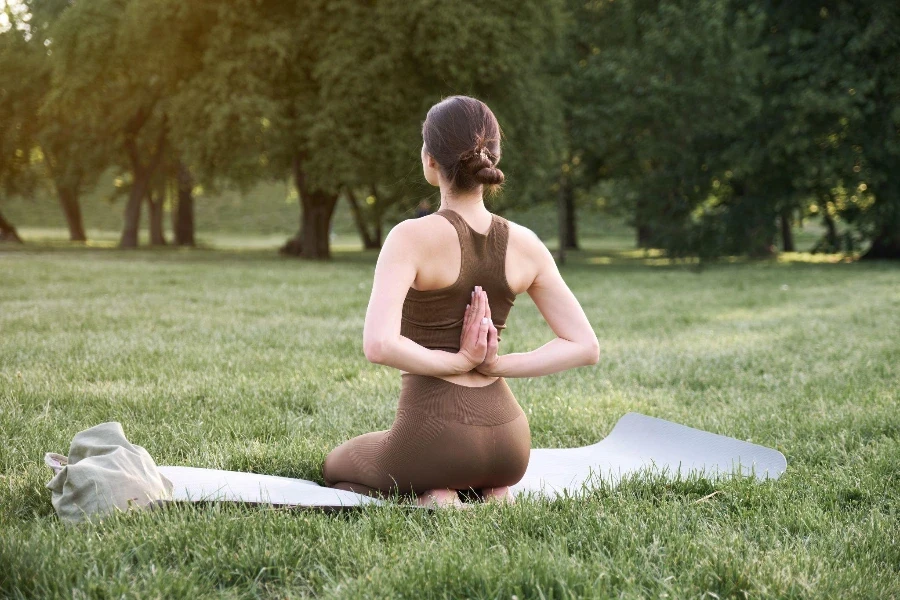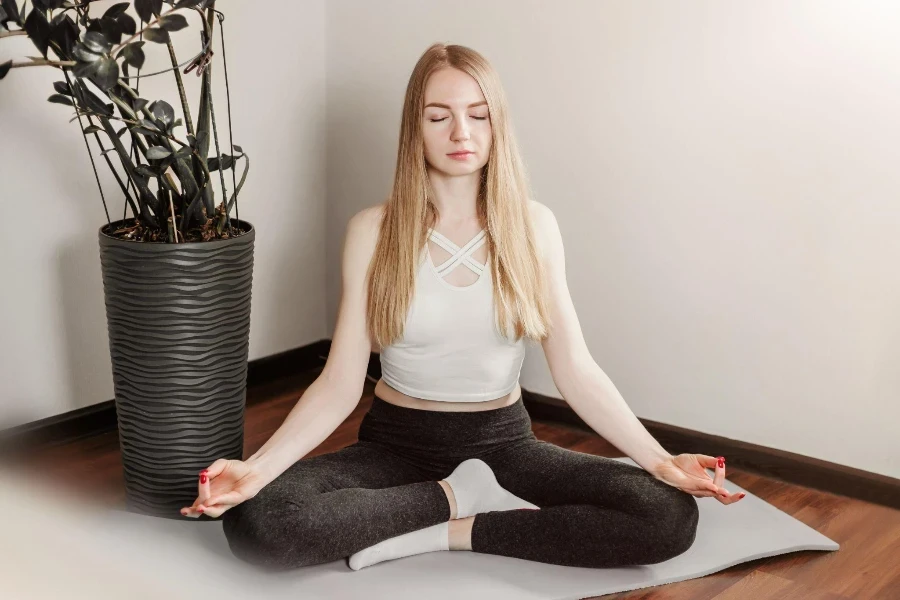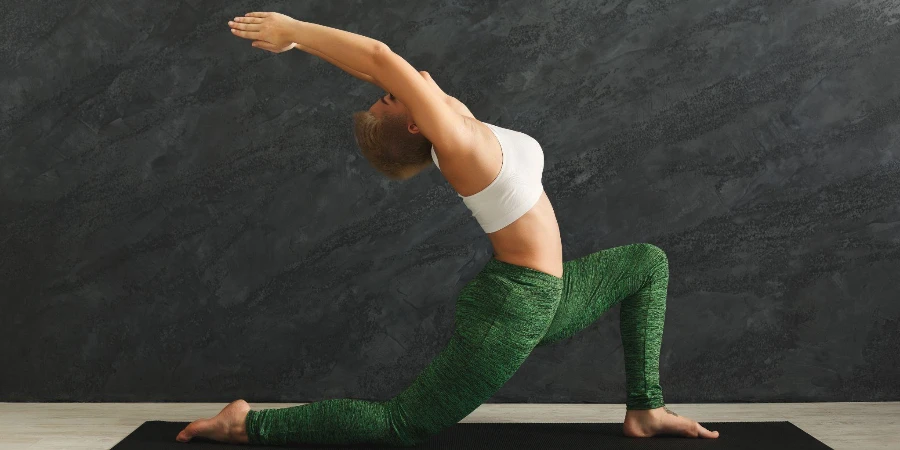Somatic yoga has emerged as a powerful practice that emphasizes internal physical perception and experience. Unlike traditional yoga, which often focuses on achieving specific poses, somatic yoga encourages individuals to tune into their bodies, fostering a deeper connection between mind and body. This article explores the essence of somatic yoga, its benefits, core principles, integration into daily life, and how it contrasts with conventional yoga practices. By delving into these areas, readers will gain a comprehensive understanding of somatic yoga and how it can be applied to enhance overall well-being and athletic performance.
Table of Contents:
– What is somatic yoga?
– Key benefits of practicing somatic yoga
– Core principles of somatic yoga
– Integrating somatic yoga into your daily routine
– How somatic yoga differs from traditional yoga practices
What is somatic yoga?

Somatic yoga stands out as a gentle yet profound practice that emphasizes the internal experience of movement rather than the external appearance or attainment of specific poses. This approach is rooted in the concept of somatics, which focuses on the body’s internal sensations and the mind-body connection. Practitioners are encouraged to move slowly and mindfully, paying close attention to the sensations that arise as they engage in various movements. This mindfulness aspect allows individuals to recognize and release tension, leading to greater physical and mental flexibility.
The origins of somatic yoga can be traced back to the work of Thomas Hanna and other pioneers who emphasized the importance of awareness in physical movement. By incorporating principles from somatology, psychology, and traditional yoga, somatic yoga offers a holistic approach to well-being that is both accessible and effective for individuals of all ages and fitness levels.
Key benefits of practicing somatic yoga

Engaging in somatic yoga offers a multitude of benefits that extend beyond the physical realm. Firstly, it enhances body awareness, allowing practitioners to notice subtle tensions and patterns of holding that may contribute to discomfort or injury. This heightened awareness can lead to more mindful movement in daily life, reducing the risk of strain and promoting physical health.
Additionally, somatic yoga has been shown to improve mental well-being. The practice encourages a meditative state of mind, which can help reduce stress and anxiety levels. By focusing on the present moment and bodily sensations, individuals can experience a sense of calm and clarity that benefits both their personal and professional lives.
Furthermore, somatic yoga supports injury recovery and prevention. By teaching the body to move more efficiently and releasing chronic tension, the risk of injury decreases, and the body’s natural healing processes are supported. This makes somatic yoga an excellent complement to physical therapy and other rehabilitative practices.
Core principles of somatic yoga

The practice of somatic yoga is built upon several core principles that differentiate it from other forms of yoga and movement practices. The first principle is the emphasis on internal experience over external appearance. This encourages a non-judgmental, exploratory approach to movement, where the goal is to enhance body-mind integration rather than achieve a particular pose.
Another fundamental principle is the focus on the breath. Somatic yoga teaches practitioners to use breath as a tool for deepening awareness and facilitating relaxation. Breathwork is integrated into movements to help release tension and promote a sense of balance and well-being.
Lastly, somatic yoga values the concept of gradual progression. Instead of pushing the body into uncomfortable positions, movements are approached gradually, allowing the body to adapt and learn in a supportive environment. This principle fosters patience and respects the body’s natural rhythms, leading to sustainable growth and development.
Integrating somatic yoga into your daily routine

Incorporating somatic yoga into daily life can significantly enhance one’s quality of life and overall well-being. Starting with just a few minutes each day, individuals can practice simple somatic exercises, such as mindful stretching or breath-focused movements, to begin building a routine.
Creating a dedicated space for practice can also help establish a regular somatic yoga routine. This doesn’t require a large area or special equipment; a quiet corner with a yoga mat or comfortable surface is sufficient. The key is to create an environment that supports mindfulness and relaxation.
Additionally, integrating somatic principles into everyday activities can extend the benefits of the practice. For example, applying mindful movement and breath awareness while walking, sitting at a desk, or engaging in sports can enhance body awareness and reduce the risk of stress and injury.
How somatic yoga differs from traditional yoga practices

While somatic yoga shares some similarities with traditional yoga, such as the emphasis on breath and mindfulness, there are distinct differences that set it apart. Somatic yoga places a greater focus on the internal experience of movement, prioritizing how movements feel over how they look. This approach fosters a deeper connection with the body and encourages personal exploration and discovery.
In contrast, traditional yoga often emphasizes achieving specific poses and can sometimes focus more on physical flexibility and strength. While these aspects are valuable, somatic yoga offers an alternative that is particularly beneficial for those seeking to enhance body awareness, reduce stress, and improve mental well-being without the pressure of performance.
Conclusion
Somatic yoga offers a unique and powerful approach to physical and mental well-being, emphasizing mindfulness, body awareness, and the internal experience of movement. By integrating somatic yoga into daily life, individuals can enjoy a range of benefits, including improved physical health, mental clarity, and a deeper connection to their bodies. Whether as a standalone practice or a complement to other forms of exercise and therapy, somatic yoga provides a path to holistic health and healing.








